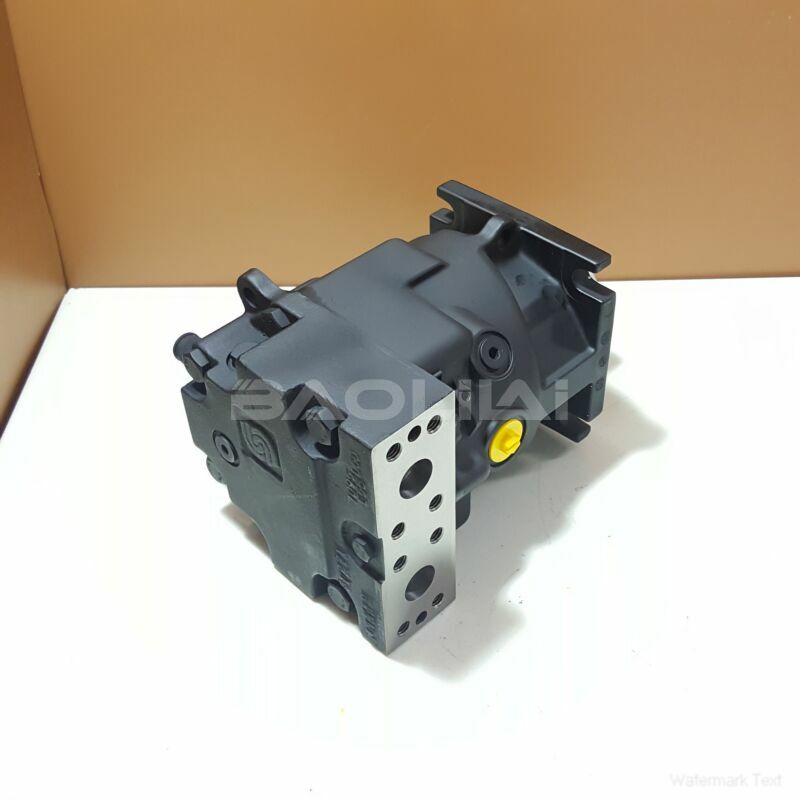90M055NC0N8N0C6W00NNN0000F3 danfoss motor
90M055NC0N8N0C6W00NNN0000F3 danfoss motor

- Product Details
- Applicable Scene
In the modern industrial landscape, efficiency and power are the cornerstones of any successful operation. Among the various tools and equipment employed to achieve these goals, cranes stand out as pivotal machines capable of lifting and moving heavy loads with precision. The heart of many advanced crane systems lies in high voltage motors, which provide the necessary power to perform these demanding tasks. This article explores the critical role high voltage motors play in crane systems, their advantages, and the technology behind them.
90-M-055-NC-0-N-8-N-0-C6-W-00-NNN-00-00-F3
90M055NC0N8N0C6W00NNN0000F3
High voltage motors are designed to operate at voltages exceeding 1,000 volts. This capability allows them to generate significant power output while minimizing current requirements, which leads to reduced energy losses during transmission. When integrated into crane systems, these motors enable the cranes to perform heavy lifting with greater efficiency, speed, and stability.

9431110
One of the primary advantages of using high voltage motors in cranes is their ability to handle substantial loads. Cranes are often used in industries such as construction, shipping, and manufacturing, where heavy materials and equipment need to be transported or positioned. High voltage motors can deliver the high torque necessary to lift and move these weights seamlessly, ensuring that operations run smoothly and efficiently.
Additionally, high voltage motors can contribute to energy savings. With lower current draw and improved power factor performance, these motors can reduce overall energy consumption in crane operations. This not only helps in cutting operational costs but also aligns with the global push towards more sustainable industrial practices. In an era where energy efficiency is paramount, the use of high voltage motors offers a significant advantage.
The technology behind high voltage motors continues to evolve, leading to enhanced performance and increased reliability. Variable frequency drives (VFDs) are often employed to control the speed and torque of these motors smoothly. By allowing for precise control over acceleration and deceleration, VFDs minimize mechanical stress on crane components, prolonging their lifespan and reducing maintenance costs.





